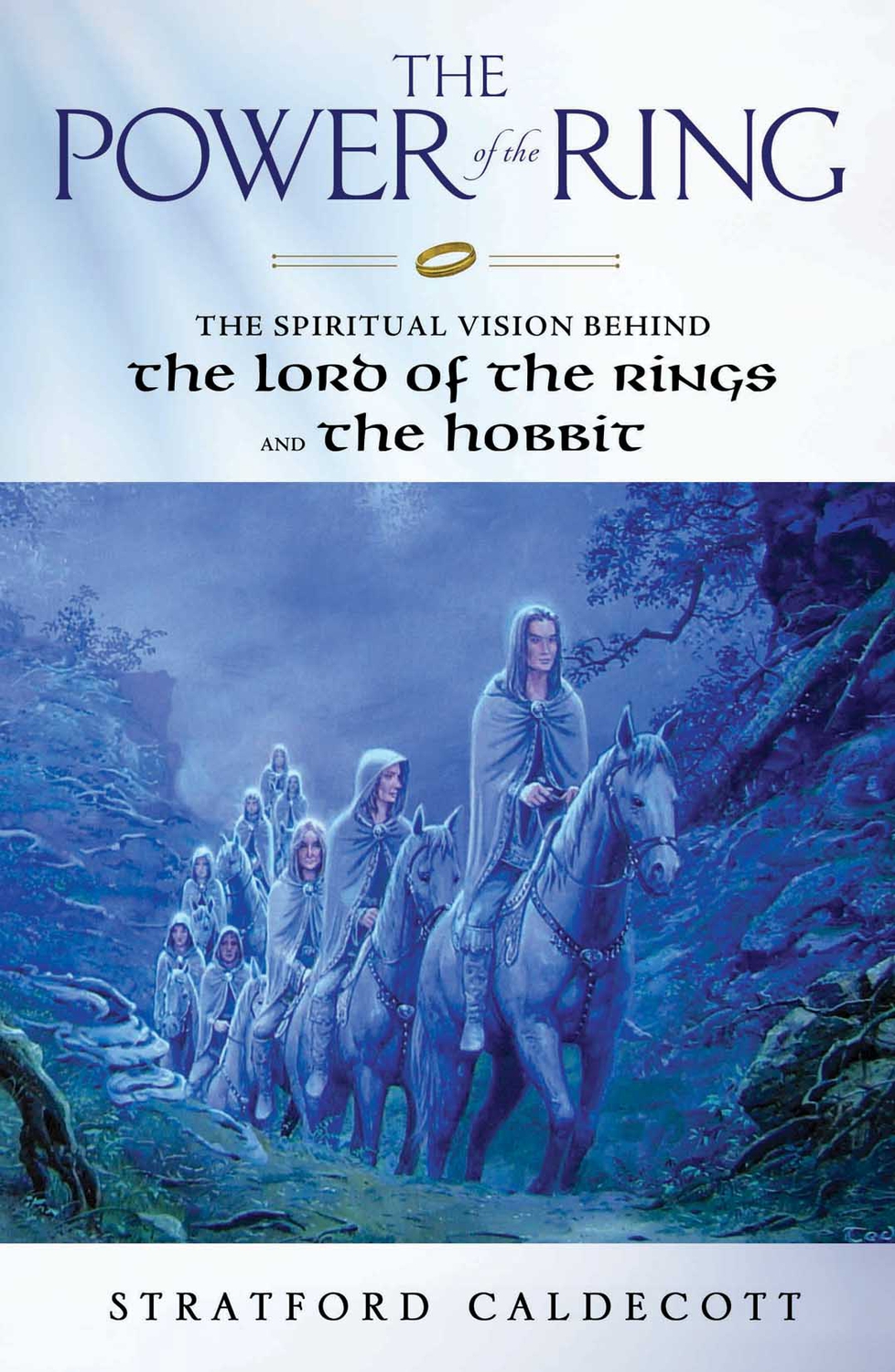- Title: The Power of the Ring
- Subtitle: The Spiritual Vision Behind the Lord of the Rings and The Hobbit
- Page Count: 256
- Available Formats: Trade-paper (9780824549831), Epub (9780824550004), Mobipocket (9780824550011)
- Edition: Trade Paper
- Original language: English
- Retail US: Trade-paper (24.95), Epub (14.99), Mobipocket (14.99)
- Retail Canada: Trade-paper (18.95), Epub (14.99), Mobipocket (14.99)
- Retail Canada: 18.95

